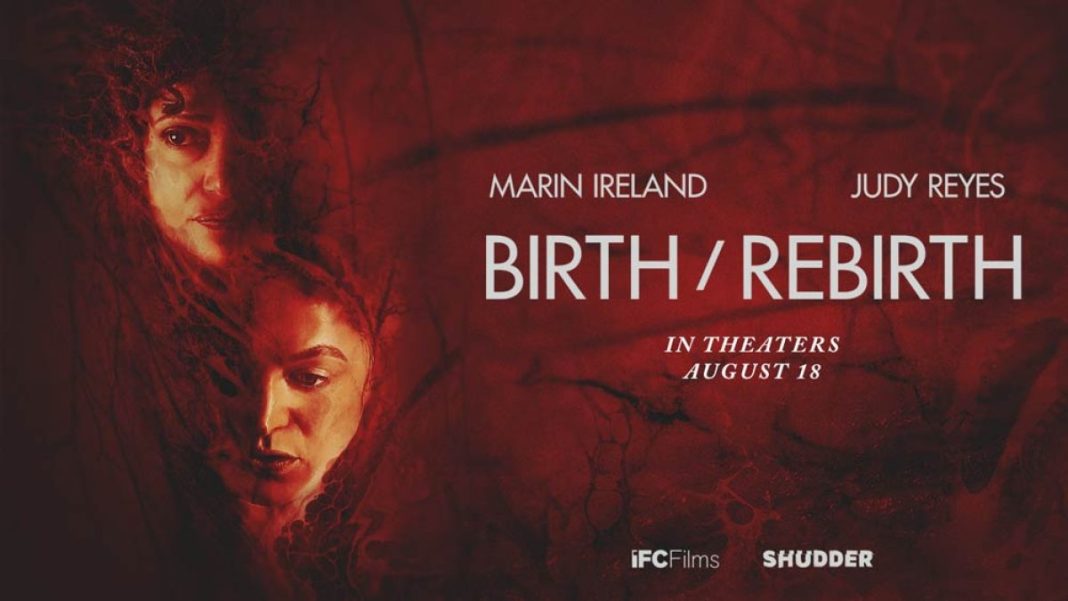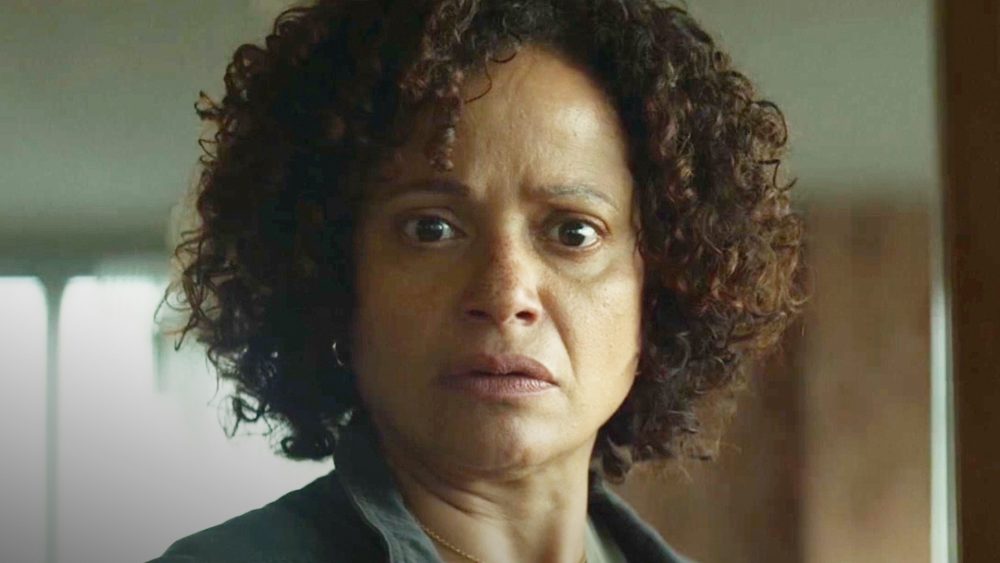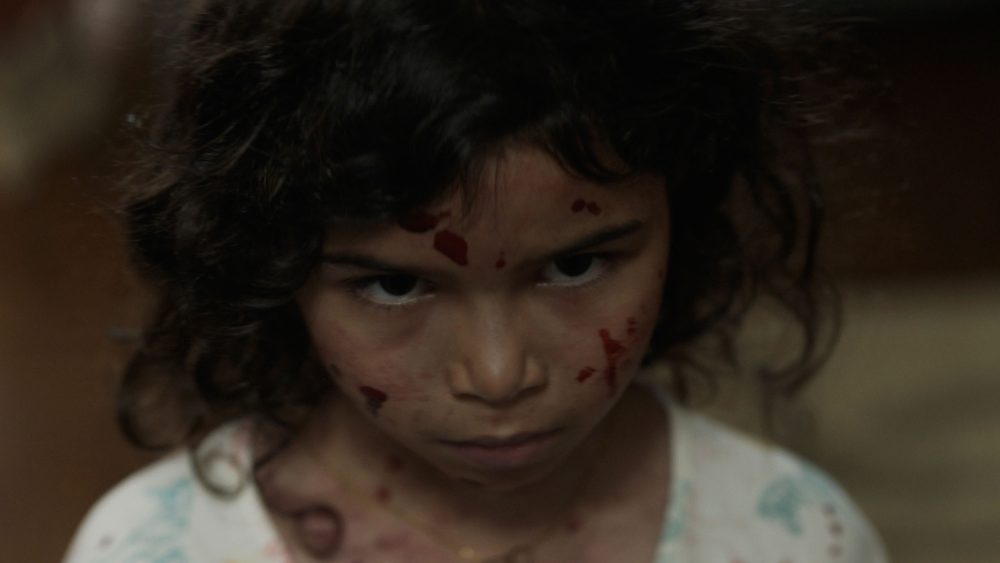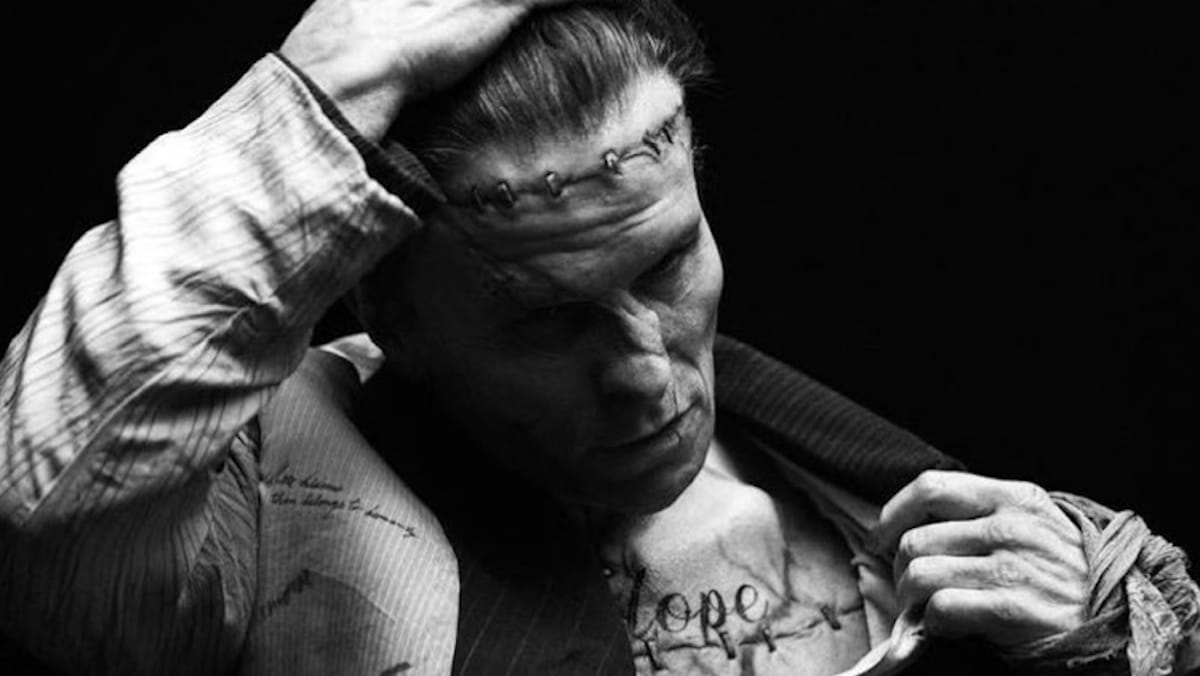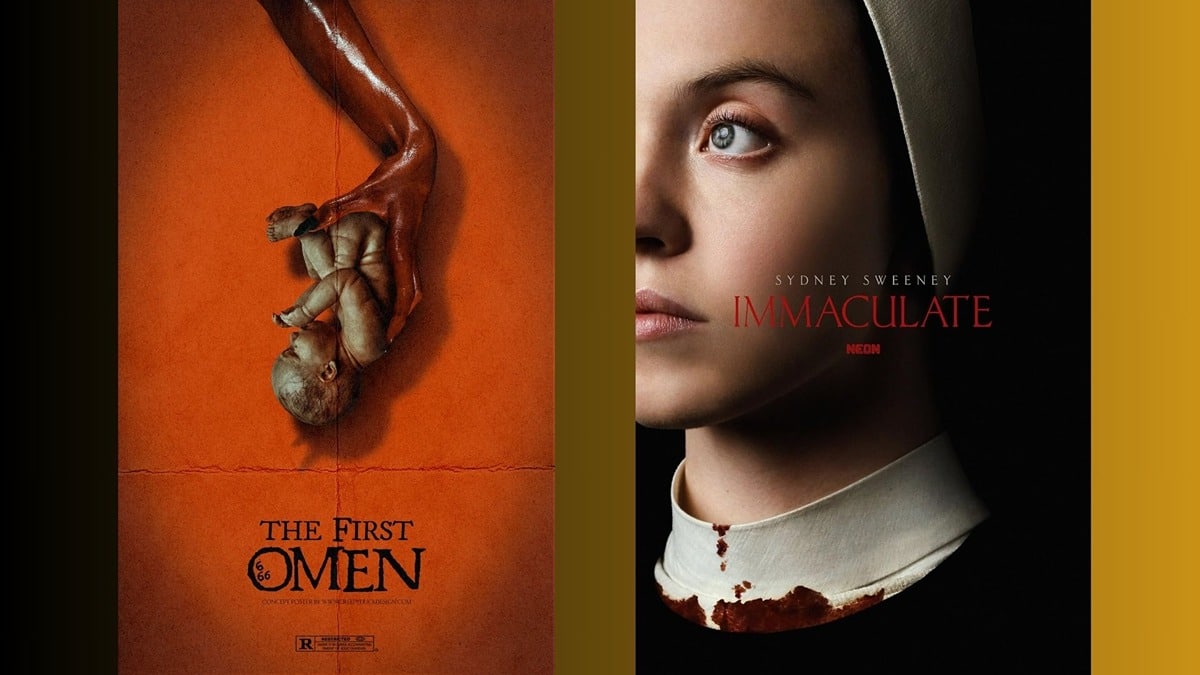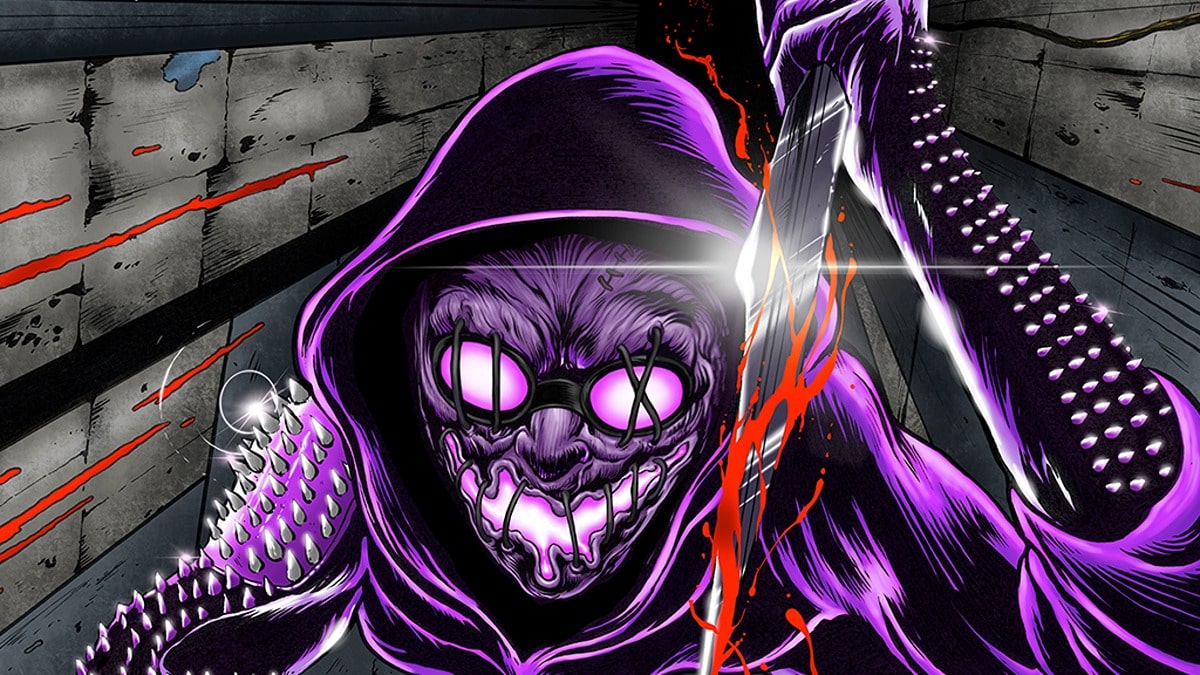It’s hard not to roll your eyes whenever a movie is described as a reimagining of the classic Frankenstein tale. We’ve seen a lot of it before. Science run amok, the amorality of human experimentation, creation and abandonment, ethical anxieties, the works. From Alex Garland’s Ex Machina to Marvel’s Ultron character to Paul Verhoeven’s Robocop, stories about the creation of something that spells doom for humanity or that changes the relationship we have with death have had their fair share of attention.
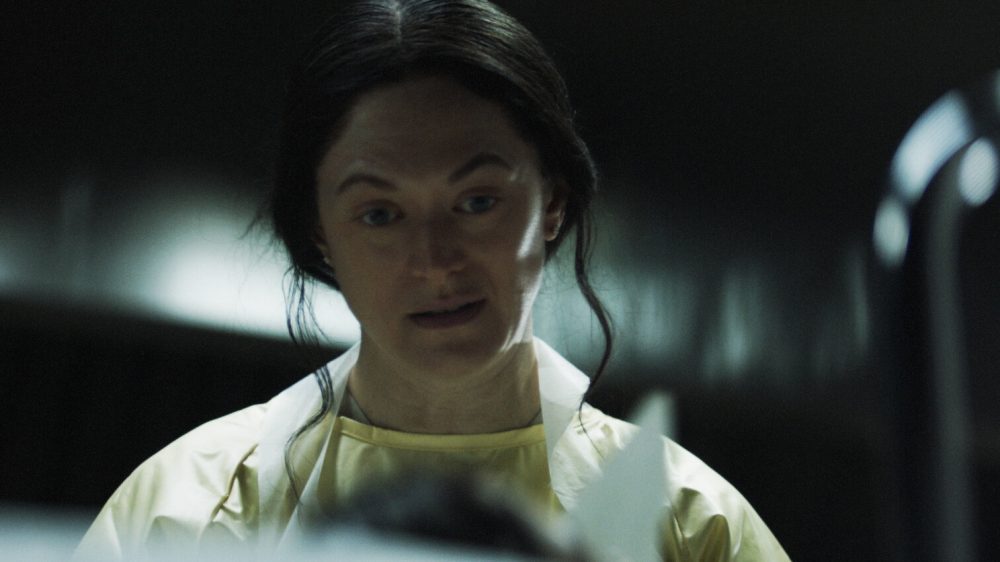
Laura Moss’ Birth/Rebirth has something different in mind for its spin on Frankenstein, and it is truly unnerving. It’s a much needed shot creativity for a story that needed fresh blood to continue resonating moving forward.
The movie follows Dr. Rose Casper (Marin Ireland), a hospital pathologist that’s been smuggling body parts from the morgue to tinker with a formula for the resuscitation of the dead. Her path crosses with that of Celie Morales (Judy Reyes), a nurse at the same hospital who has recently lost her daughter to meningitis.
It’s quickly established that they need each other, and so begins a partnership that puts into question the ethics of science and the symbolic identities of those involved in it. This last point is important. One of the great innovations of Moss’ film is that the role of Frankenstein’s Monster is upended entirely to be more flexible and malleable. The things that come from this are exquisitely unsettling and intellectually fascinating.
Birth/Rebirth makes the Frankenstein connection quite obvious, keeping the mood fairly gothic despite its modern setting. Moss’ direction, for instance, favors isolation. The camera is kept close to each character as if they were in a very closed circuit with little meaningful interaction with the outside world. The resuscitation experiment is all, and it helps keep the story tied to a few dark and dread-filled locations that accentuate that gothic quality.
It works because of Ireland and Reyes’ deeply personal performances. Ireland plays the “Dr. Frankenstein” role with a kind of tempered energy that tries its best to hide a deep darkness that comes out more often than she’d like. At the same time, Ireland finds ways to lean into the characters vulnerabilities just enough to build her character beyond what she communicates through dialogue. It frames the ethical dilemmas at the heart of her experiments in a genuinely honest way despite the unsettling reality of its medical potential, bringing about questions as to the limits of science and whether some ideas merit breaking all the rules.
Reyes’ character, on the other hand, is perhaps the most complex variation of the Frankenstein formula in the film. While it’s her daughter that gets the “Frankenstein’s Monster” treatment by virtue of being the one who gets experimented on, it’s Celie who becomes the Monster by other means. She enables Rose to continue her experiment to keep her daughter alive, quickly falling prey to an obsession she ties too much of herself into.
It’s not unlike The Monster’s own insistence on getting a mate created just for him to spend his life with in the novel, a key narrative feature also found in the many adaptations of it. Here, it’s brought in as commentary on motherhood, especially on how the role can mutate after the loss a child (our own little Frankenstein’s Monsters).
Celie represents an entirely different strain of the Monster character, one that transfers the original’s anxieties to the realm of parenthood rather than companionship. Reyes approaches this by putting the character’s motherly interests first. She doesn’t allow the character to become the scientist’s assistant. She becomes an equal, an essential part of the equation. Reyes balances strength and vulnerability to great effect and it makes the story unravel with an emotionally unwavering force.
One last note, Birth/Rebirth boasts some impressive and smart uses of gore. More horror flicks should learn from it, specifically on how it indulges in it to build character and mood. Given the story largely takes place in Rose’s apartment and a hospital morgue, every chance at building the movie’s world is taken advantage of. The gore opens doorways to other more intimate parts of it, and it makes the story more fully embrace the gothic aspects of its DNA.
Birth/Rebirth is one of the best interpretations of Frankenstein to date. It keeps just enough from the source to establish a link, but then it adds so much more to it that it effectively creates a life of its own in the crowded sea of adaptations already in existence. Moss succeeds in crafting a multilayered narrative that probes moral and ethical considerations just as much as it disturbs. Mary Shelley would be proud.


